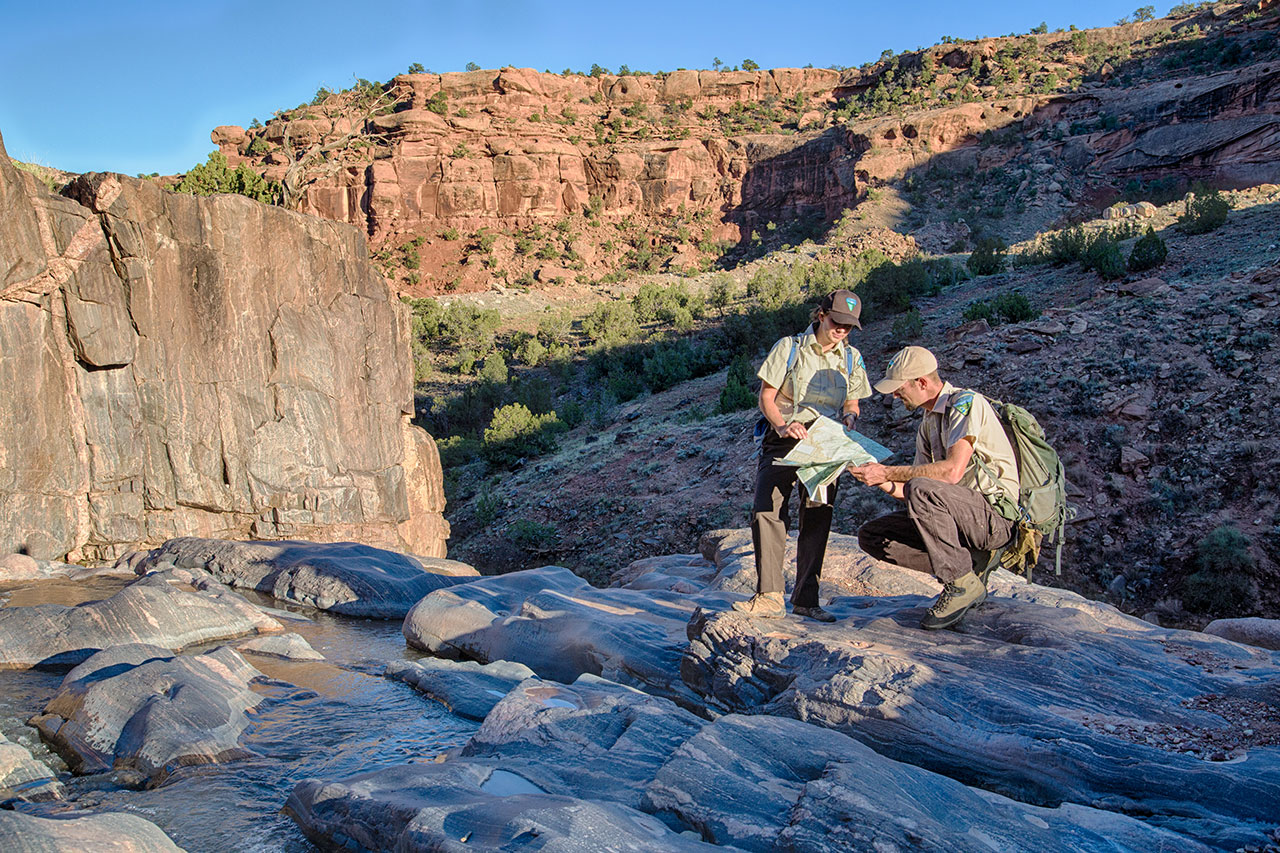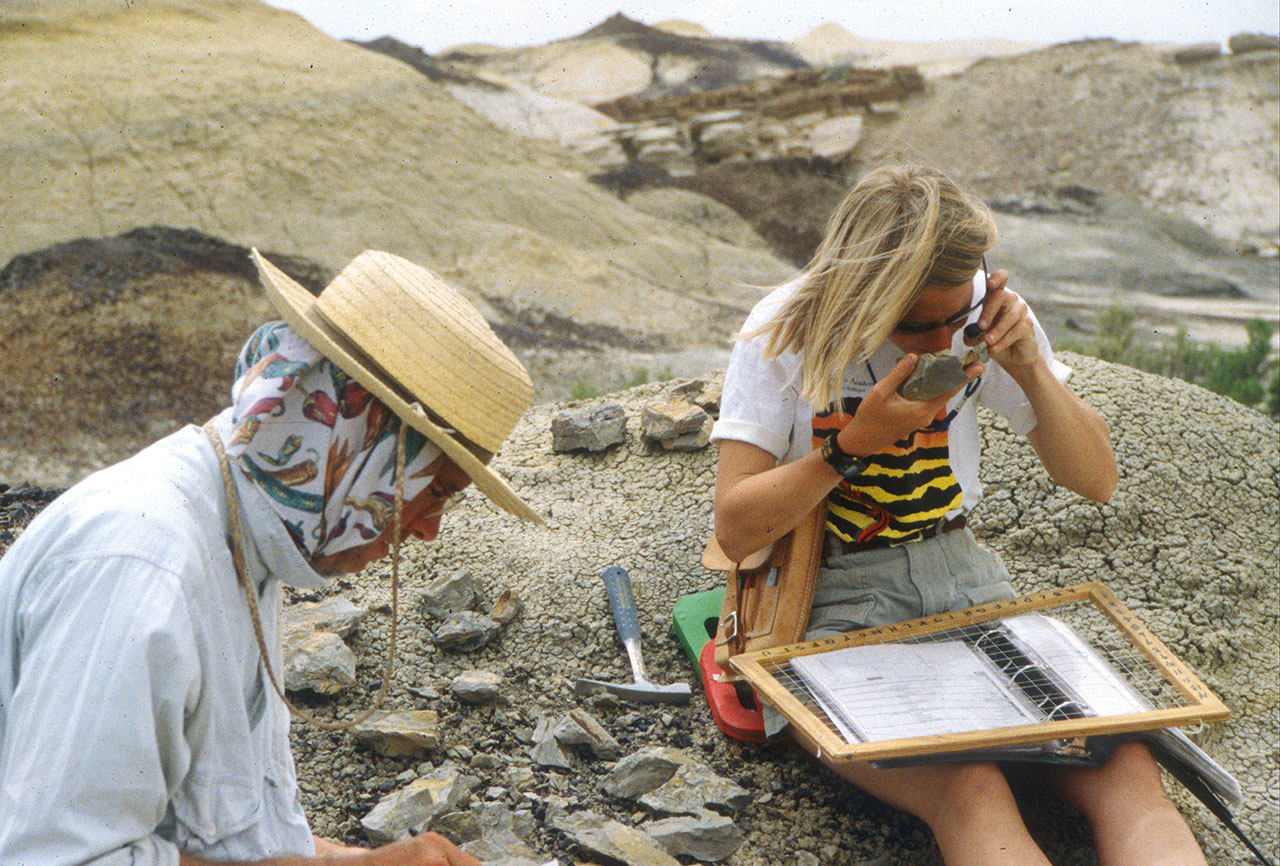Minimum Necessary Philosophy
What is the minimum necessary philosophy that guides wilderness management?

To protect wilderness character in accordance with the Wilderness Act, the managing agencies adhere closely to the "minimum requirements" concept. Minimum means the least possible and a requirement is a necessity. There are many types of decisions in which managers need to use the minimum necessary philosophy, such as: a decision on whether to allow researchers to radio collar wolves, repair an aging and unsafe historical cabin, or build a new trail. The minimum requirements concept is to, first, determine if any action is necessary in wilderness, then, to determine how to accomplish the action using the least amount (if any) of an otherwise prohibited means, such as a chainsaw or motor vehicle. Using a logical, deliberate, documented process ensures that decisions affecting or impacting wilderness character are rationally evaluated. Critical evaluation of the need for actions and the possible alternative ways of accomplishing actions provides a defensible foundation that helps managers explain decisions to interested citizens, wilderness visitors, and partners.
Since wilderness is managed by four different agencies with four different histories and institutional cultures, there are some differences between agency policies. Close coordination through meetings, joint policy reviews, and field work helps ensure that the approach to management of wilderness by the four agencies is as consistent as possible. Managers from all federal agencies that manage wilderness attend wilderness management training sessions through the interagency Arthur Carhart National Wilderness Training Center.
How do wilderness managers use science?

Good wilderness stewardship is rooted in sound science, much of which takes place at the Aldo Leopold Wilderness Research Institute. Decisions managers make are informed by both social science—studying people and how they interact with wilderness—and biological science—studying animals, plants and their homes. For example, science can help managers:
- Monitor and map threats to wilderness character. This knowledge helps managers mitigate threats.
- Identify their wilderness visitors today and in the future. This knowledge allows managers to change or adapt regulations and educational techniques.
- Establish sustainable trails and campsites. This knowledge helps managers build trails and campsites that require less maintenance over time.
- Identify how fish and wildlife are affected by human recreation. This knowledge allows managers to change or adapt regulations to better protect fish and wildlife.
- Describe historical fire and its behavior. This knowledge helps managers better manage current and future fires.
- Describe the amount and type of jobs related to wilderness. This knowledge helps managers better communicate the values of wilderness to visitors, interested citizens, and partners.
- Investigate how water flows from wilderness into surrounding areas. This knowledge helps managers better protect headwaters.
- Evaluate effects of air, noise, and light pollution. This knowledge helps managers work with polluters to minimize pollution sources.
- Investigate current and predict future climate change impacts. This knowledge helps managers weigh options intended to combat climate change effects.
- Identify and document archeological sites, such as those with dinosaur bones or Native American artifacts. This knowledge helps managers protect elements from our past and the evolution of the Earth.
- Develop long-ranging plans for protecting wilderness character. This knowledge allows managers to be both visionary and responsive, as well as consistent, in how wilderness is managed over time.
What future changes might affect wilderness management?
Although wilderness faces many threats, probably the biggest challenge we continue to face is how to keep the "wildness" in wilderness and still make it available for the public to visit and enjoy. The demands on wilderness will intensify over time as things like clean water become more precious. There will be more pressures to modify weather over wilderness and to divert water flowing within and from wilderness. There will be requests for uses of wilderness that cannot even be envisioned now. When managers decide what to approve and what to deny, they must keep foremost the protection of the wild character of wilderness. Wilderness is fragile and can be lost through the erosion of seemingly inconsequential decisions.